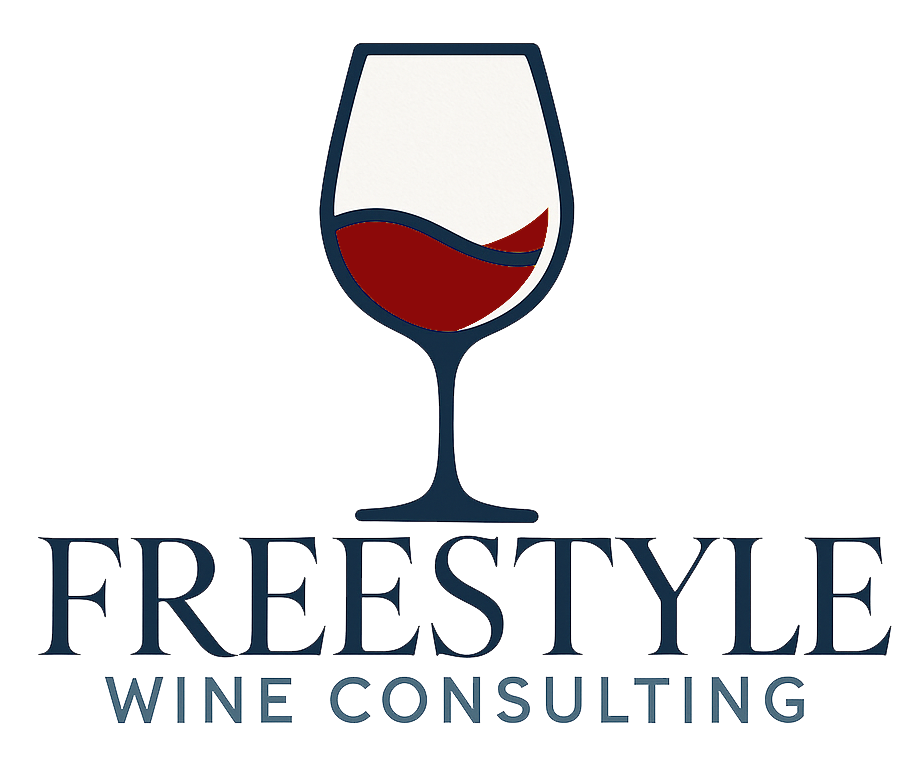By Freestyle Wine Consulting
The wine industry has always been deeply intertwined with the rhythms of nature. From the sun-drenched slopes of Bordeaux to the cool valleys of Oregon, climate has shaped the character of wines for centuries. But today, the climate is shifting—and with it, the very foundation of viticulture is being redefined.
A Changing Landscape
Global temperatures are rising, and weather patterns are becoming increasingly erratic. For winemakers, this means more than just warmer summers. It means earlier harvests, unpredictable frosts, droughts, and intense rainfall—all of which can dramatically affect grape quality, yield, and flavor profiles.
Regions once considered ideal for certain varietals are now facing challenges. For example:
- Bordeaux and Burgundy are experiencing earlier bud break and harvests, which can lead to higher sugar levels and lower acidity.
- California is grappling with wildfires and water scarcity, threatening both vines and vineyard infrastructure.
- Germany and England, traditionally cooler regions, are now producing high-quality reds and sparkling wines thanks to warmer growing seasons.
Shifting Terroir and New Frontiers
As traditional wine regions adapt, new ones are emerging. Countries like Sweden, Poland, and even parts of China are exploring viticulture as their climates become more suitable for grape growing. This expansion is reshaping the global wine map and offering exciting opportunities for innovation.
However, with these opportunities come risks. The concept of terroir—the unique combination of climate, soil, and geography that gives wine its character—is being challenged. Winemakers must now balance tradition with adaptation, often experimenting with new grape varieties, canopy management techniques, and irrigation strategies.
Sustainability and Innovation
In response to climate pressures, the wine industry is embracing sustainability and technological innovation:
- Organic and biodynamic practices are gaining traction as growers seek to build resilience in their vineyards.
- Precision viticulture—using data and sensors to monitor vine health and optimize inputs—is helping mitigate climate-related risks.
- Hybrid and drought-resistant grape varieties are being developed to thrive in changing conditions.
These efforts not only protect the future of wine but also align with growing consumer demand for environmentally responsible products.
What This Means for Wine Lovers
For consumers, climate change may alter the taste, availability, and price of their favorite wines. Vintage variation is becoming more pronounced, and certain styles may evolve or disappear altogether. But it also opens the door to discovering new regions, varietals, and expressions of wine.
At Freestyle Wine Consulting, we believe that understanding these shifts is key to navigating the future of wine. Whether you’re a producer, retailer, or enthusiast, staying informed and adaptable is essential.
Want to learn how your vineyard can thrive in a changing climate?
Contact Freestyle Wine Consulting for tailored strategies and insights.
